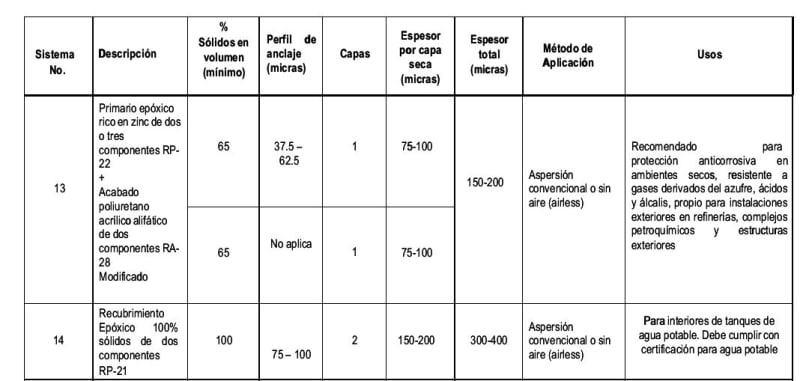Cesar Almada
Mechanical
Hello guys, good morning
I hope you are well and had a great thanksgiving if you celebrated.
I have a question about if you have seen a table where you could check the different types of environmental and you could check what is the best system of painting for above ground painting? I remember that I saw something like this in API or ASME but I hope you could help me please with this.
Thank you so much, have a great day
I hope you are well and had a great thanksgiving if you celebrated.
I have a question about if you have seen a table where you could check the different types of environmental and you could check what is the best system of painting for above ground painting? I remember that I saw something like this in API or ASME but I hope you could help me please with this.
Thank you so much, have a great day

